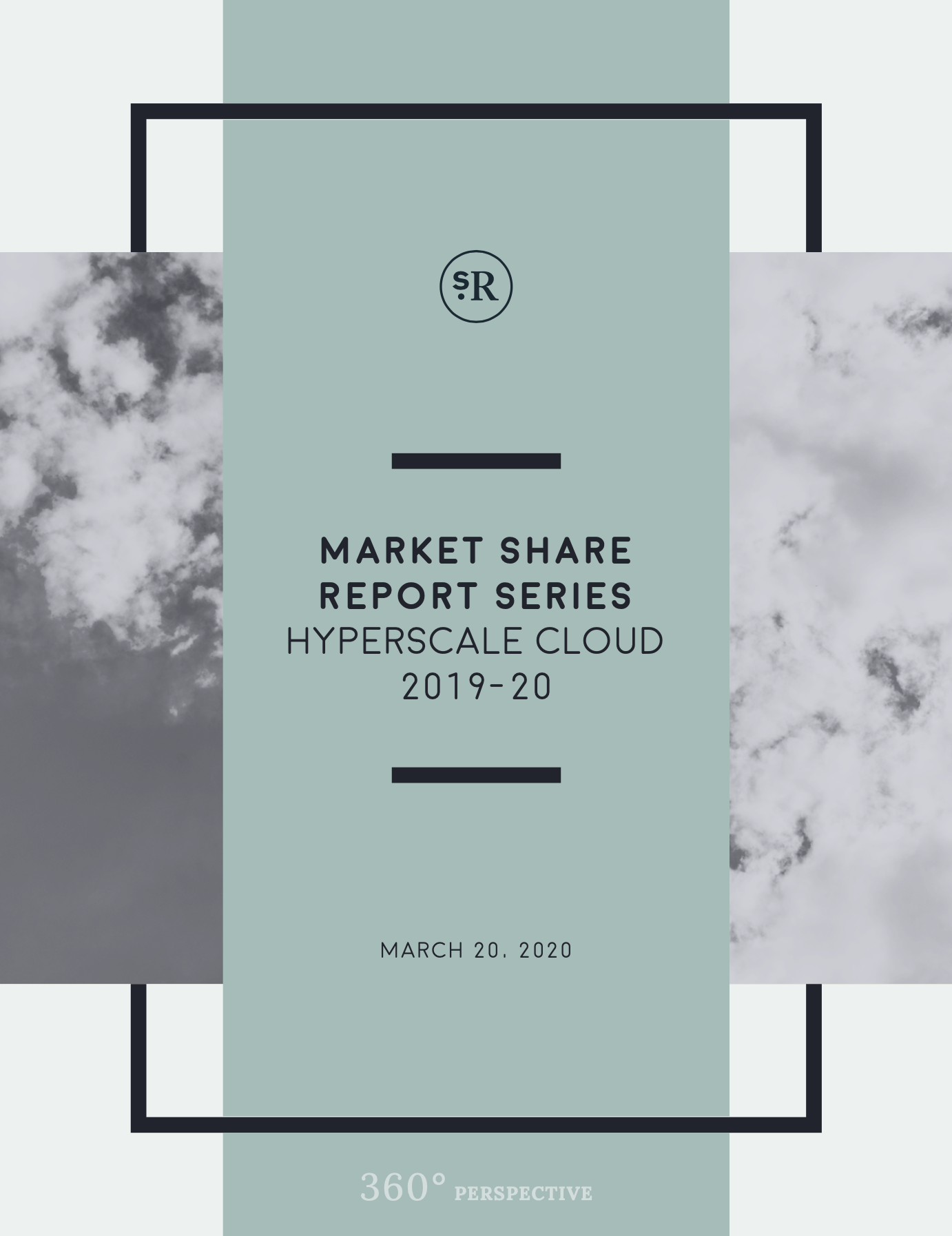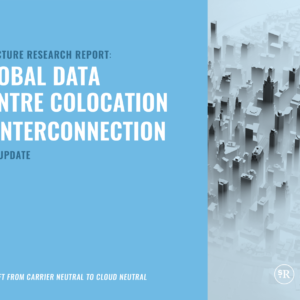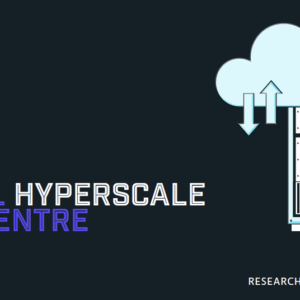Description
The hyperscale cloud market continues to make impressive forward progress. Scale has reached unprecedented levels and growth rates remain stellar. At the same time, margins are improving as scale and operational efficiency kicks in. But clouds are not taking profits off the table. They are all in- vesting heavily in the underlying infrastructure (data centre, network and hardware) and expanding their footprints, while working fiercely to innovate and release more tools and features. There is a perva- sive sense of urgency across the hyperscale cloud market. The short list of competitors in this game are in a once-in-a-lifetime land grab and there is no letting up. In 2019, the hyperscale cloud market grew 44% y/y and is estimated to have generated $67.4b in total revenue.
The recent consistency of 50%+ five-year CAGRs is remarkable given how much scale has now been achieved. But there are signs that things are start- ing to slow on a relative basis. AWS’s annual growth has now dipped below the 40% mark and along with some slowing at Azure as well, brings the sec- tor’s five-year CAGR down to 41% for the 2019-2024 period. The slowing was in motion throughout 2019, but an additional level of uncertainty surrounding the economic outlook, brought on by the COVID-19 virus outbreak, contributes to our more cautious projection for this category.
This report provides growth rate projections and total revenue estimates for the hyperscale cloud providers on a five-year basis. Included are geo- graphic splits and a total market share summation. The verdict: AWS is going to continue leading the way, but the gap with the rest of the field is starting to show signs of closing. There are a number of rea- sons why this will happen. AWS is an innovator, but the likes of Google and Microsoft are up to the task.
If the battleground increasingly centres around the software that enables AI, analytics and machine learning, then the more likely the playing field will even out and provide opportunities for tangible differentiation. Meanwhile, multi-cloud initiatives are giving customers reason to give another look to other clouds, while legacy workloads increasingly can find a path to cloud without having to make the long journey to AWS. Put all of this together and you have a landscape moving towards increased competitiveness.






